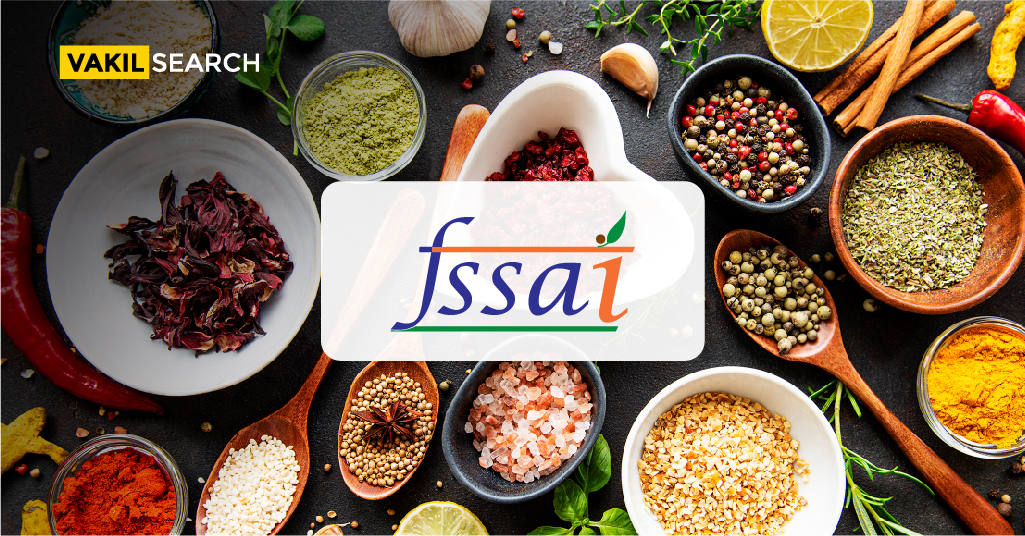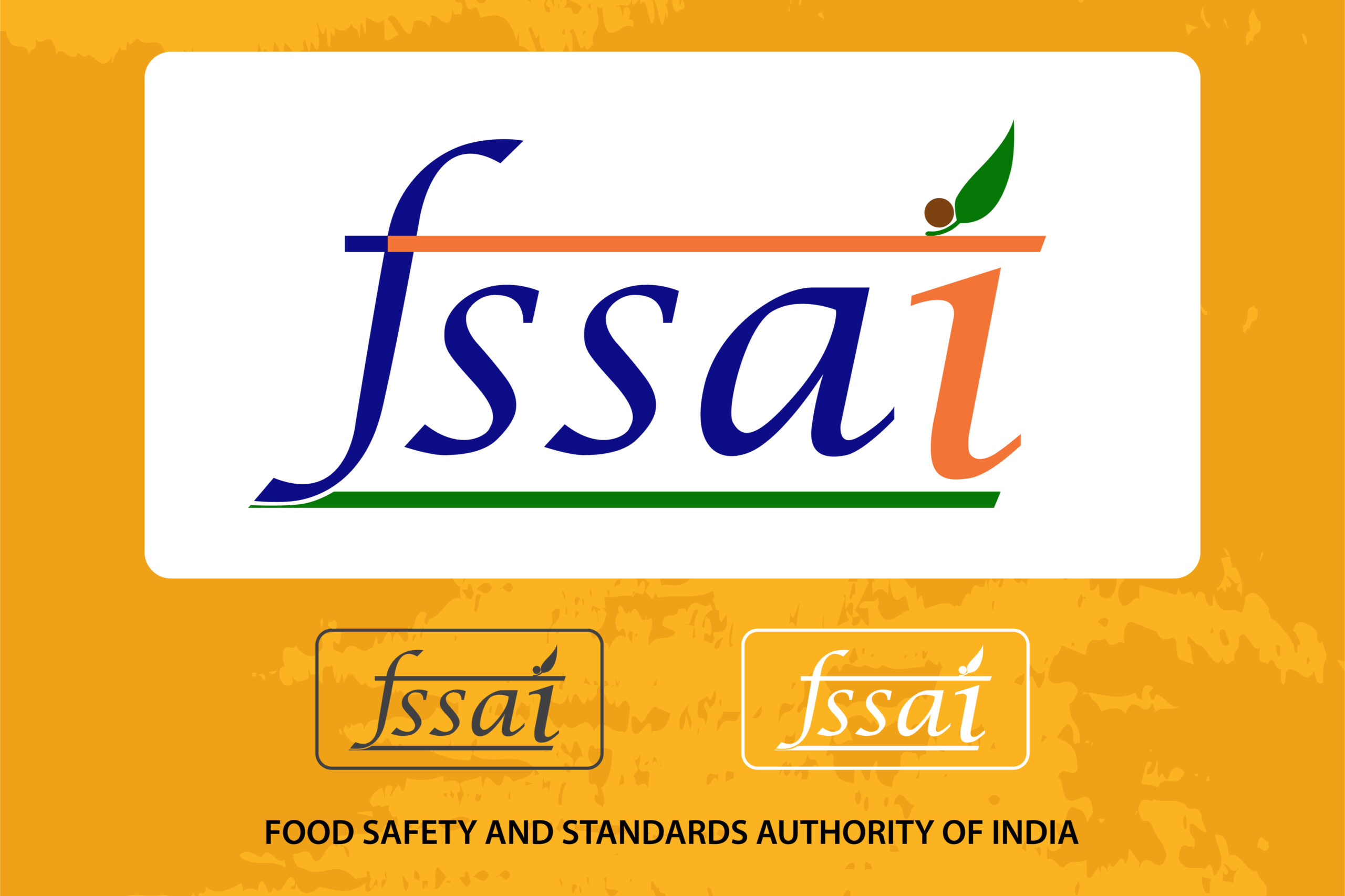What are the new quality standards by FSSAI Regulations Standards for chocolates? Find out here!
People must exercise extreme caution when it comes to food intake. There is no scarcity of food products on the market, and the same is true for chocolates. People are often drawn to pretty and appealing packaging, as well as the sugariness that the sellers promise. Before purchasing chocolate, it is necessary to inspect the packaging for signs of quality control and approval to ensure that the product is safe to consume. The Food Safety and Standards of India is a commissioned agency of the Government of India that ensures the quality of food available to consumers (FSSAI Regulations)
The FSSAI, established under the Ministry of Health and Family Welfare, monitors the food quality manufactured and sold in Indian markets by establishing food standards in the country and issuing the FSSAI Food License.
On 15 May 2017, the FSSAI released a notice reevaluating the chocolate standards. The New Revised Standards now include two new chocolate categories. The Food Safety and Standards (Food Products Standard and Food Additives) Fourth Amendment Regulations, 2017, are the FSSAI’s amendments and revisions. Food Business Operators are expected to comply with these amendments and regulations beginning 01 January 2018.
Food business operators who manufacture, store, distribute, import, and sell chocolates must be aware of the FSSAI chocolate amendments and work per the safety standards established by the association.
Revisions Made by FSSAI for Chocolates
FSSAI Revisions
The FSSAI revisions apply to previous standards for the use of vegetable fat in chocolates. Except for cocoa butter, vegetable fats in chocolate were prohibited under previous standards.
According to the revised standards,
The FSSAI revisions are related to the previous standards established for the use of vegetable fat in chocolates. Except perhaps cocoa butter, previous standards prohibited the use of vegetable fats in chocolate. According to the revised standards, the agency has permitted the use of vegetable fats in chocolates that adhere to CODEX and other international practices. The FSSAI has mandated that the use of vegetable fat in chocolates not surpass 5% of the finished product. While using vegetable fat, the FBO must also follow other regulations concerning its source and use in chocolates.
FSSAI Labelling of Vegetable Fats
The FSSAI license authority has specified the declaration of the labels pasted on the chocolate packaging. The amount of vegetable fat used in chocolate production should be specified on the label. All chocolates containing vegetable fats other than cocoa butter must bear a legal declaration in bold that reads ‘CONTAINS VEGETABLE FAT IN ADDITION TO COCOA BUTTER.’
Standards for Vegetable Fats
Vegetable fats can be used as single or multiple ingredients in the chocolate manufacturing process, but they must meet the following requirements:
The vegetable fat has to be non-lauric, that is, rich in symmetrical monounsaturated triglycerides.
- They must fall into one of the following categories:
- POP (Palmitic Acid -Oleic Acid- Palmitic Acid)
- StOSt (Stearic Acid -Oleic Acid- Stearic Acid)
- POSt (Palmitic Acid -Oleic Acid Stearic Acid)
- The vegetable fat should really be easy to blend with the cocoa powder in any possible proportion and therefore should be compatible with the crystallization temperature, melting rate, melting point, need for tempering phase, and other physical properties.
- The vegetable fat should always be obtained through fractionation or refining that excludes triglyceride structure enzymatic modification under the above-mentioned standards.
List of Permitted Vegetable Fats
The following is a list of vegetable fats approved for use in chocolate by the FSSAI. These should be obtained from plants in the same way that cocoa butter is.
These are their names:
- Mahua Oil (Bassialatifolia or B.Longifolia)
- Gurgi Kokum (Garcinia Indica)
- Salvatore (Shorea Robusta)
- The Mango Kernel (Mangifera Indica)
- Oil from Palms (Elaeis Guineensis or Elaeis Oleifera)
- Fat Dharambe (Garcinia Cambogia)
- Fat from Phulwara (Madhuca Butyracea)
- Fat Dhupa (Vateria Indica)
Addition of New Standards for Covertures & Praline Chocolate Categories
Coverture
This is a well-known brand of high-quality chocolate. These chocolates have the most cocoa content when compared to the other chocolate varieties. The total measurement of cocoa solids or dry matter present on the coverture chocolate must not be less than 35% of the total cocoa solids, according to FSSAI guidelines. The percentage of cocoa butter in these 355 should not be less than 31 per cent, and the percentage of fat-free cocoa solids should not be less than 2.5 per cent. FSSAI has also approved the use of artificial sweeteners in these chocolates, as specified in Appendix A of the regulation. The labelling declarations must adhere to the Food Safety and Standards (Packaging and Labelling) Regulations of 2011.
Praline
Praline is a popular chocolate variety that is made in a single mouthful size. The chocolate component and its weight should not be less than 25% of the product’s total weight. Besides that, the standards state unequivocally that the chocolate must contain single chocolate, filled chocolate, or a blend of chocolates.
FSSAI has now standardised a complete set of ten chocolate variations as a result of the addition of new standards for Proline and Coventure Chocolates.
They are as follows:
- Milk Chocolates
- Milk Covering Chocolates
- Plain Chocolates
- Plain Covering Chocolates
- Composite Chocolates
- White Chocolates
- Blended Chocolates
- Coventure Chocolates
- Praline Chocolates
List of Optional Ingredients Permitted in Chocolates
The following ingredients may be used in chocolate on an optional basis, according to the FSSAI:
- Condiments and Spices, along with their extracts
- Permitted Buffering and Sequestering Agents
- Edible Salts
- Permitted Stabilising and Emulsifying Agents
- Minerals and Vitamins









